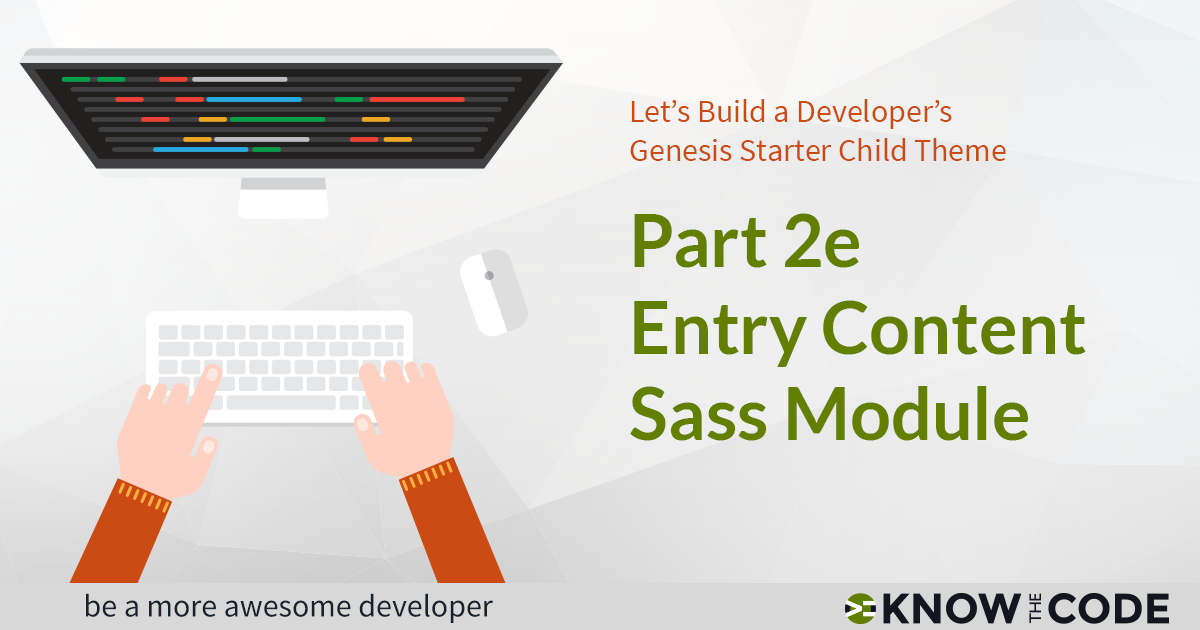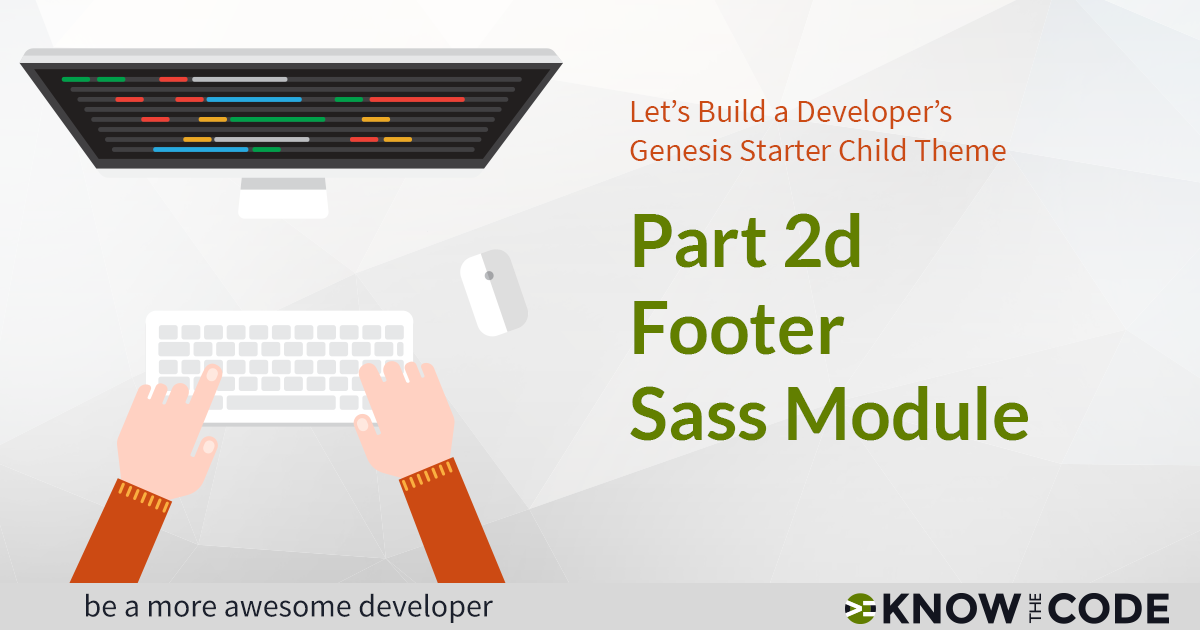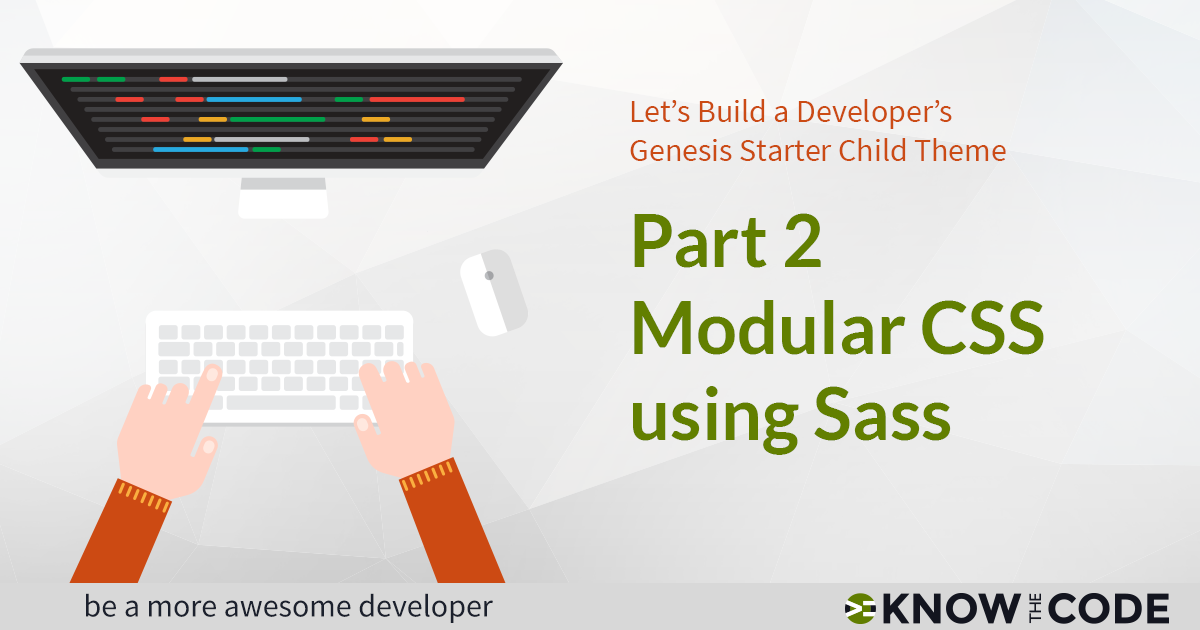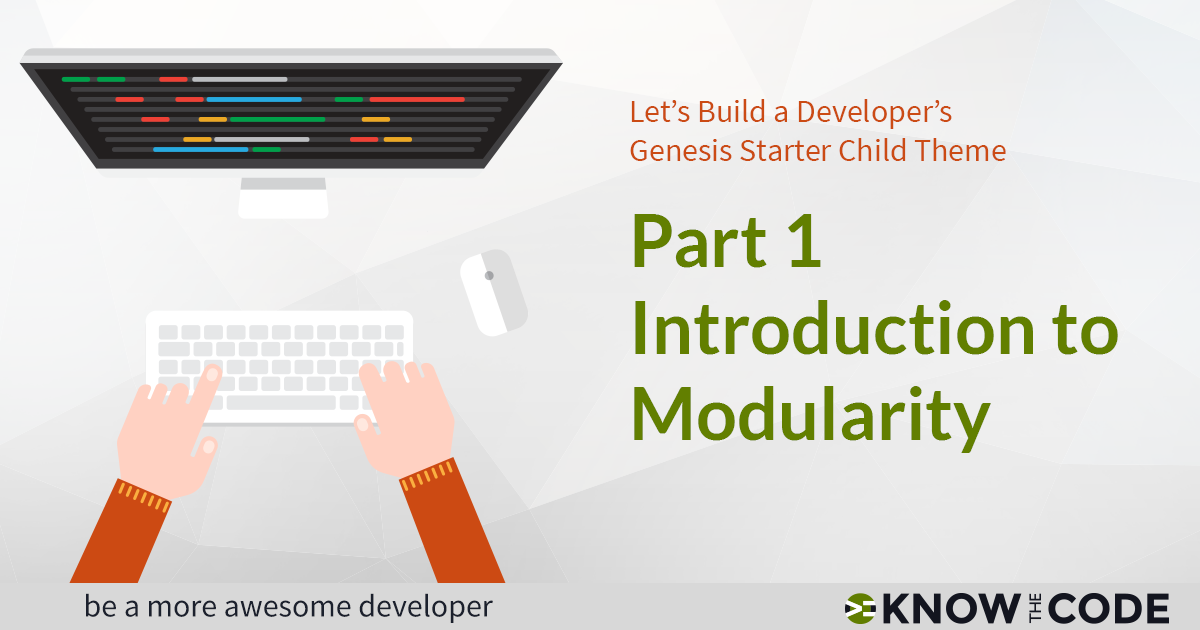Let’s rethink our current module architecture and how we have the partials laid out. In the entry, is has multiple components. Right? It has the following components: entry header which has the entry title, post meta, and featured image entry content entry footer which has the post meta, typically for categories and tags It seems easier if you have a partial for each of these components. Why? Remember that this is your codebase. Therefore, it is your starting point on all jobs and theme builds. Having a partial for all the components gives you flexibility for all of the needs […]
